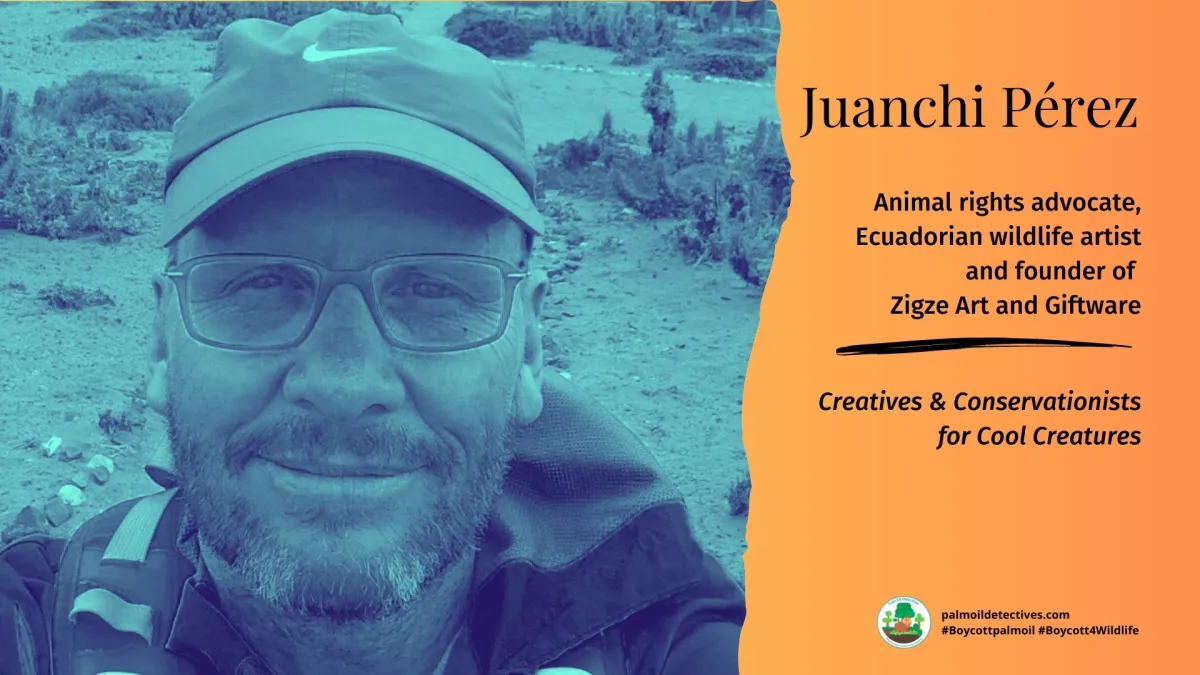Spectacled Flying Fox Pteropus conspicillatus
Endangered
Location: Papua New Guinea, Australia
The Spectacled Flying Fox Pteropus conspicillatus, also known as the spectacled fruit bat, is a megabat that lives in Australia’s north-eastern regions of Queensland. They are also found in Papua New Guinea and on the offshore islands including Woodlark Island, Alcester Island, Kiriwina, and Halmahera.
It has also been reported that spectacled flying foxes skim over the surface of water to drink and are sometimes eaten by crocodiles.[3] The species was classified as endangered by the IUCN in 2020.[1]
Spectacled Flying Foxes are a species of megabat #endangered in #PapuaNewGuinea and #FarNorthQueensland Australia. The Australian #bushfires decimated their numbers. They face serious threats from #palmoil #deforestation in PNG. You can #Boycott4Wildlife
Tweet

Spectacled Flying Fox Pteropus conspicillatus 
Spectacled Flying Fox Pteropus conspicillatus 
Spectacled Flying Fox Pteropus conspicillatus 
Spectacled Flying Fox Pteropus conspicillatus
The Spectacled Flying Fox was listed as a threatened species under the Environment Protection and Biodiversity Conservation Act 1999. They were considered vulnerable due to a significant decline in numbers as a result of loss of their prime feeding habitat and secluded camp sites.
IUCN Red List
In February 2019 the Australian government upgraded the threatened status from vulnerable to endangered, after almost a third of the bat population died in a severe heatwave in Queensland in late 2018.
Support the conservation of this species
Tolga Bat Hospital – Queensland
Further Information
Roberts, B., Eby, P. & Westcott, D. 2020. Pteropus conspicillatus. The IUCN Red List of Threatened Species 2020: e.T18721A22080456. https://dx.doi.org/10.2305/IUCN.UK.2020-3.RLTS.T18721A22080456.en. Downloaded on 31 January 2021.
Bat Conservation International – Saving the Spectacled Flying Fox in Queensland


How can I help the #Boycott4Wildlife?
Contribute in five ways
1. Join the #Boycott4Wildlife on social media and subscribe to stay in the loop: Share posts from this website to your own network on Twitter, Mastadon, Instagram, Facebook and Youtube using the hashtags #Boycottpalmoil #Boycott4Wildlife.
2. Contribute stories: Academics, conservationists, scientists, indigenous rights advocates and animal rights advocates working to expose the corruption of the palm oil industry or to save animals can contribute stories to the website.
3. Supermarket sleuthing: Next time you’re in the supermarket, take photos of products containing palm oil. Share these to social media along with the hashtags to call out the greenwashing and ecocide of the brands who use palm oil. You can also take photos of palm oil free products and congratulate brands when they go palm oil free.
4. Take to the streets: Get in touch with Palm Oil Detectives to find out more.
5. Donate: Make a one-off or monthly donation to Palm Oil Detectives as a way of saying thank you and to help pay for ongoing running costs of the website and social media campaigns. Donate here








